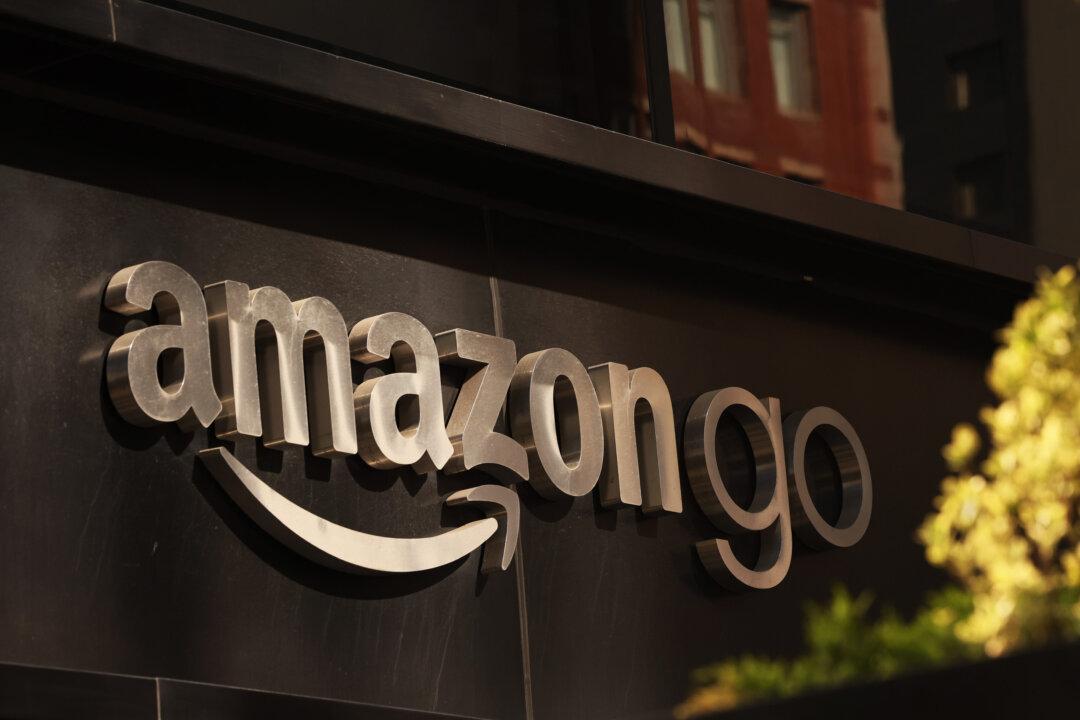Shares of Amazon.com Inc. fell 14.05 percent on Friday in its steepest one-day drop since 2006, leaving the widely held stock near two-year lows. Late on Thursday, the e-commerce giant delivered a disappointing quarter and outlook, swamped by higher costs.
Amazon lost $3.8 billion in the first quarter of 2022, largely due to a slump in online shopping, higher prices from inflation, and supply chain backlogs, as well as its investment in electric car manufacturer Rivian Automotive Inc.
It’s the company’s first quarterly loss since 2015.The retailer lost $3.8 billion in the first quarter, compared with $8.1 billion in profits the same time in 2021, when online orders from workers at home had surged because of the pandemic, The Wall Street Journal reported.
Amazon’s revenue rose by about 7 percent for the quarter, its slowest pace in almost two decades.
“The pandemic and subsequent war in Ukraine have brought unusual growth and challenges,” CEO Andy Jassy said in a company statement (pdf).




